The Portrait: what is a portrait for the purposes of DFP?
The portrait. It’s such a huge genre within art it has entire museums devoted only to that one thing. Like with anything big, it gets overwhelming. Confusion erupts when this category comes up in a contest, not to mention all the words associated with it. It goes under many names: the environmental portrait, the documentary portrait, the traditional portrait, the candid portrait, the glamour portrait, the lifestyle portrait, the conceptual portrait, the abstract portrait, the self-portrait. I think you could narrow anything down into something-portrait.
Liv Stephen - The Netherlands
So then what is a portrait for the purposes of our genre? For documentary family photography?
Melissa McClure - USA
Let’s have a think together. (I’ll think here, you think in the comments below). I always like to start with the words, they often offer the best explanations for things that need narrowing down. According to the online Oxford English Dictionary, a portrait is:
“A painting, drawing, photograph, or engraving of a person, especially one depicting only the face or head and shoulders.”
Also:
“A representation or impression of someone or something in language or on film or on television.”
And:
“Denoting a format of printed matter which is higher than wide.”
Sam Hines - USA
To sum it up, it’s a depiction of a person, sometimes like a mugshot, but not always. Sometimes a story in words or visuals. Can also mean a vertical image.
The next source I like to consult is the World Press Photo. I consult them because it is the biggest contest in the world for photographs depicting reality as is, and they spend a great deal of time and money pondering these things. They say this about their portrait category: “Single pictures or stories of individuals or groups either in observed or posed portraits.”
Ana Guisado - Germany
Furthermore, their contest does not accept photographs made in double exposure, diptychs, or alterations other than minor processing done in post production. In other words, their rules are the same as the rules from NPPA and the ones we adhere to in DFP.
Rowena Meadows - Australia
So from World Press Photo I take two things:
1. A portrait is a photo of a person. Or more people. That you have either asked to look at the camera or not.
2. You are not allowed to photoshop said people beyond minor tweaks to exposure and colour balance.
Katie Jett Walls - USA
To the general public a portrait is the Mona Lisa, or the school photo of their kid. As creatives we get to take that wide definition and run with it. We get to bask in our vision and really explore a person to get to the essence of who they are. Portraits are made to make you think and ponder a person. Like with anything we get creative liberty to interpret a portrait how we like. We are making a story about a person, often in one photograph. How do we tell their story with just the limitations of the frame? We use our instincts. All our training, all our reading and learning and absorbing art and photography leads to that exact point: translating a whole person into a tiny confined space. This is the essence of the portrait. Not the words, not the definitions, it’s about the person. How do you get a three dimensional, emotionally complicated being into a tiny space and still do them justice? That is your challenge. Don’t complicate things by adding another label to it, just call it a portrait.
Paula Krajewska - Poland
A huge thanks to the Listed DFP Community for a bountiful collection of portraits to choose from, here are just a few:
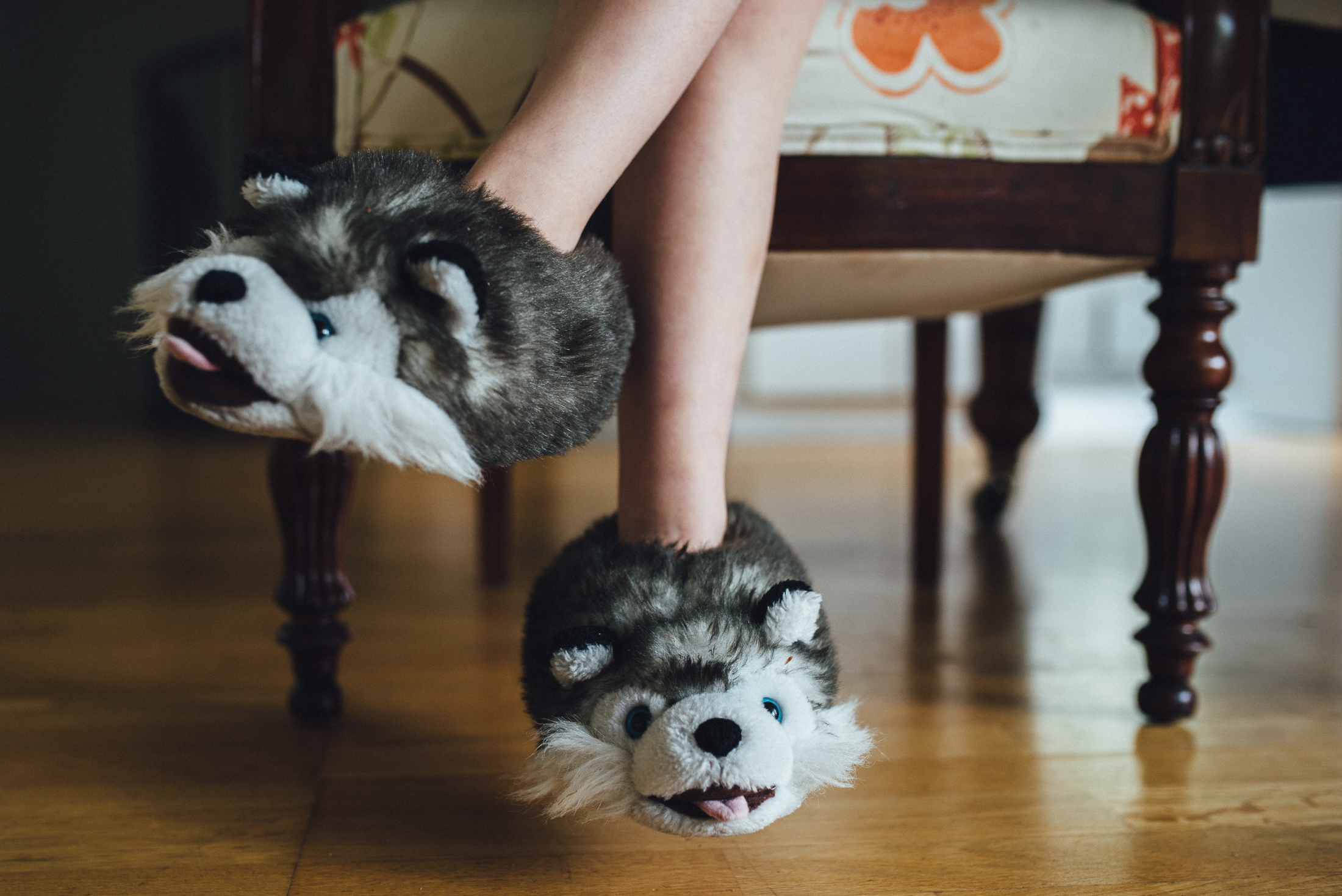
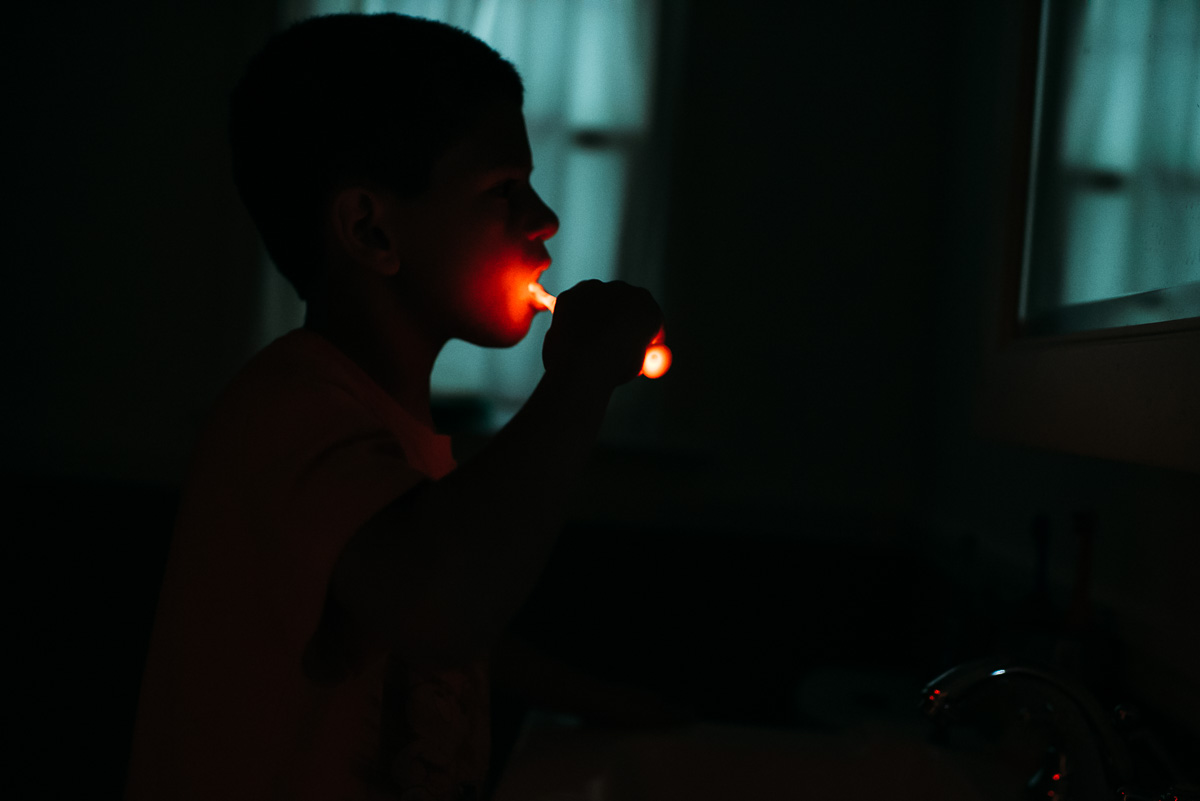
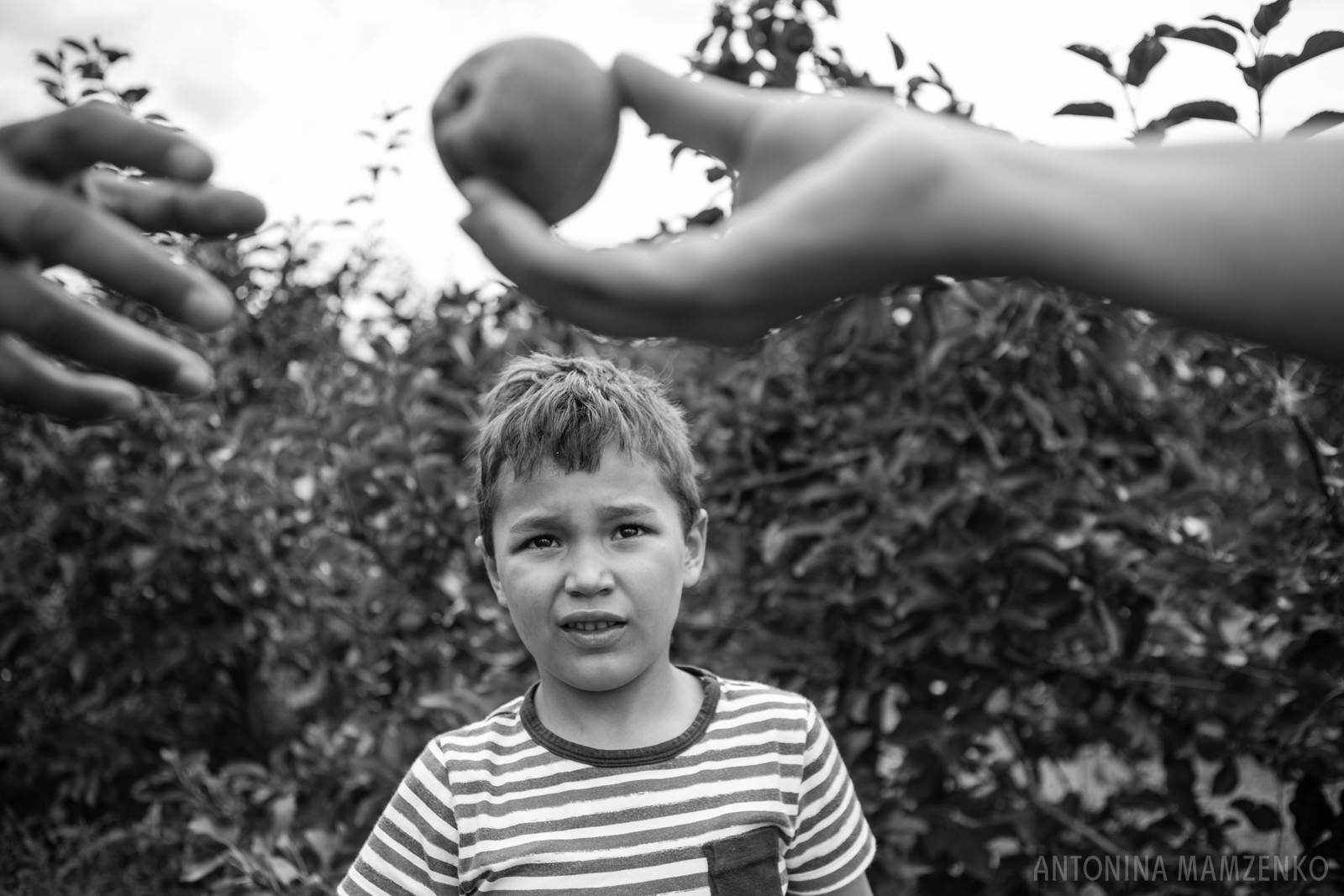
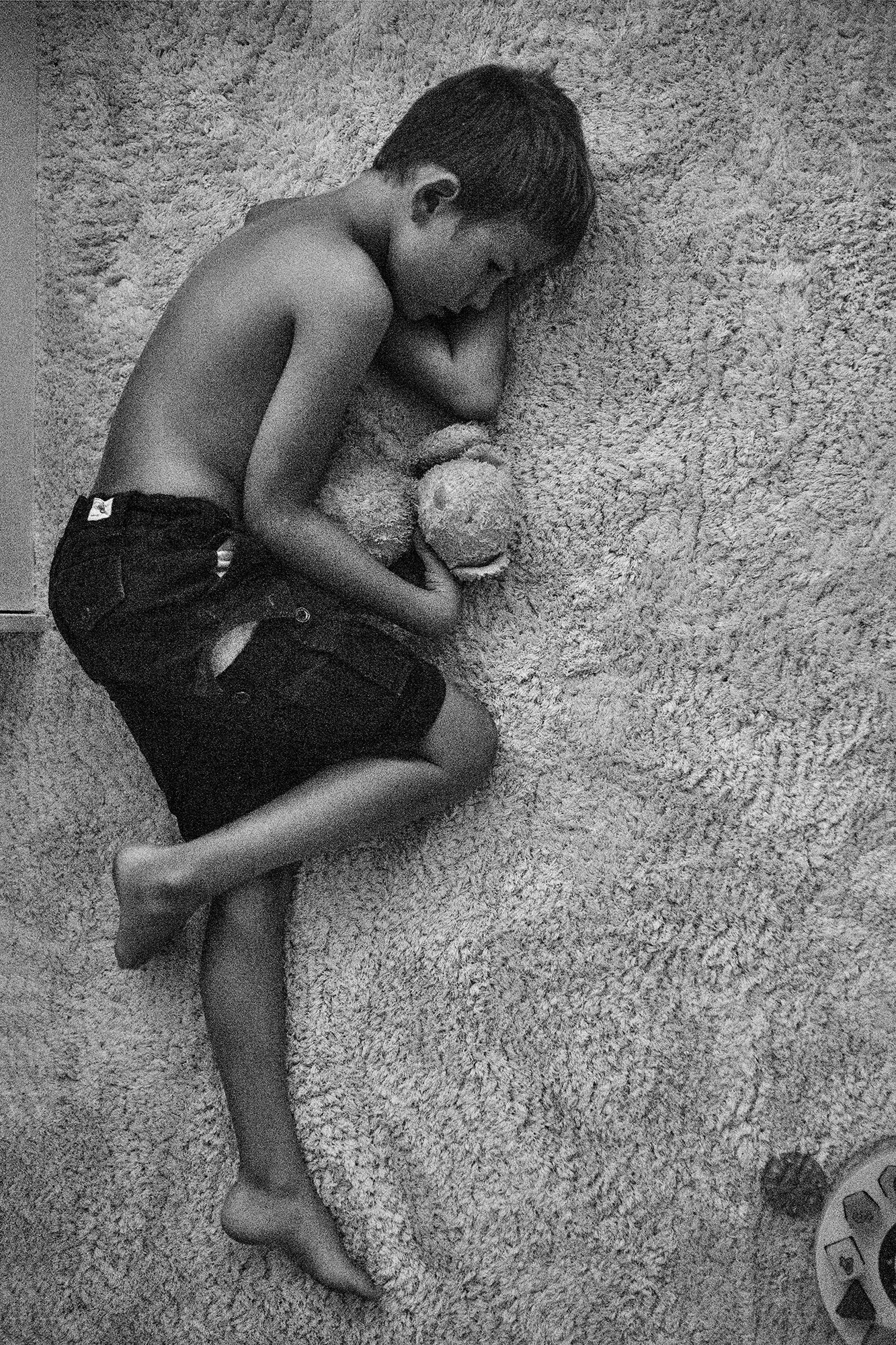

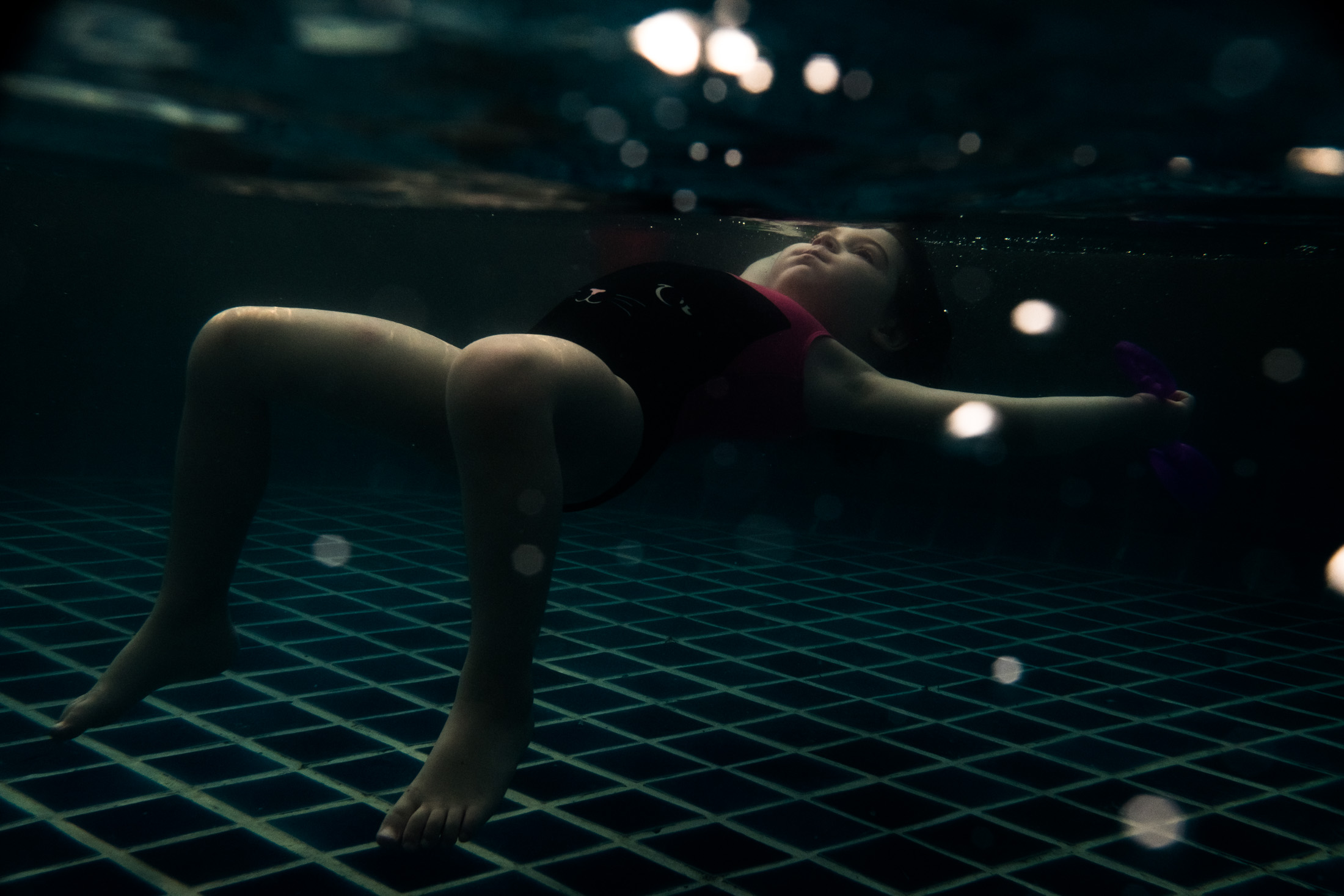
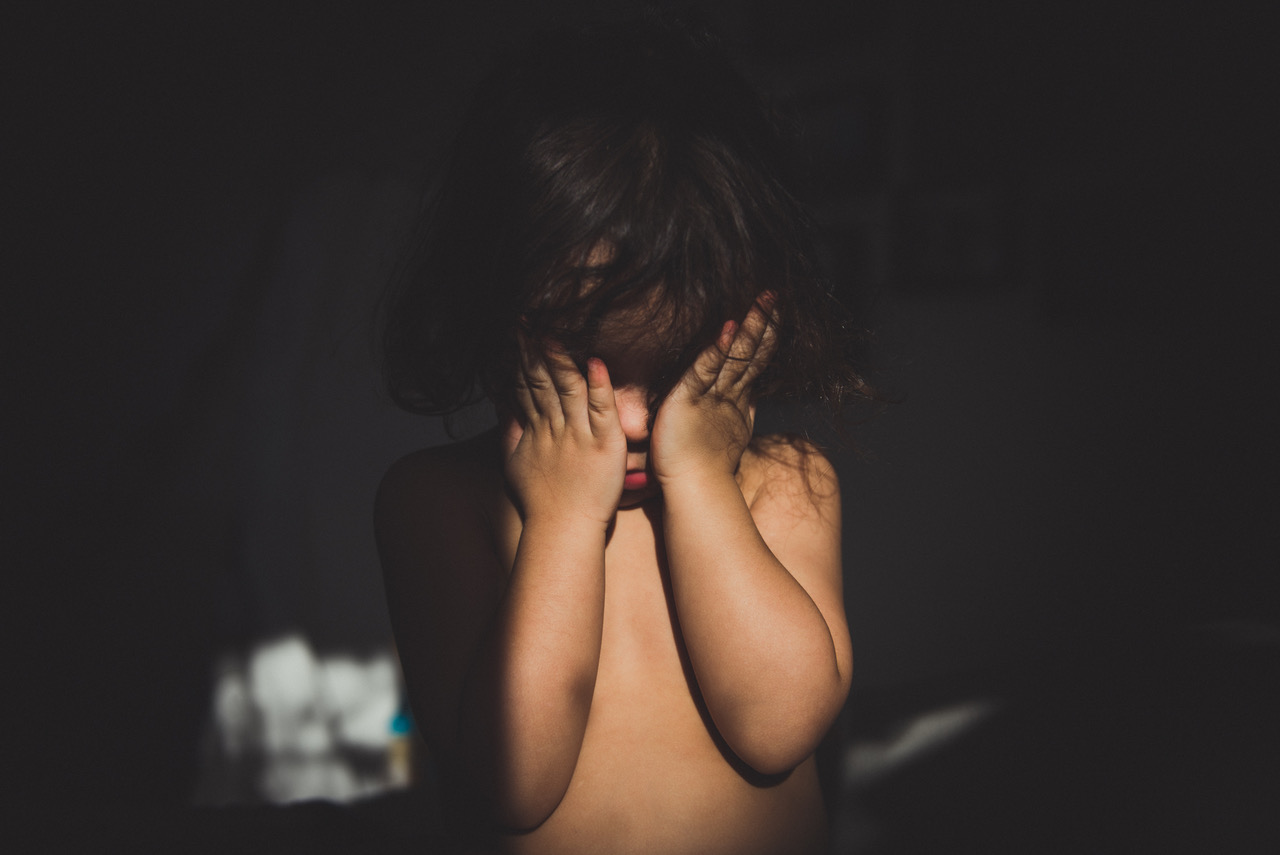

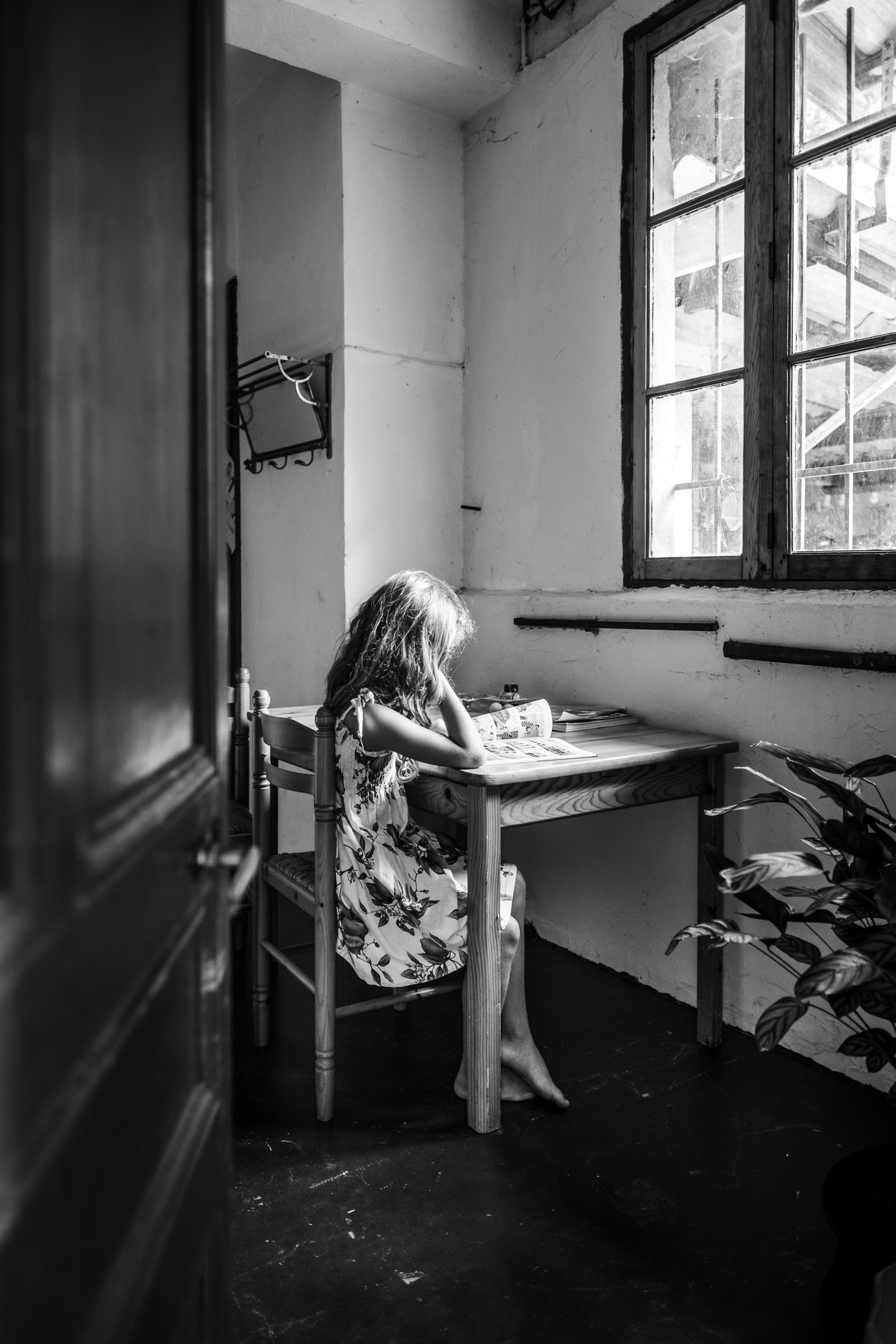
For some inspiration, check out:
Carol Guzy (https://www.gettyimages.ca/photos/carol-guzy?sort=mostpopular&mediatype=photography&phrase=carol%20guzy)
Mary Ellen Mark (http://www.maryellenmark.com)
Diane Arbus (http://www.artnet.com/search/artworks/?q=diane%20arbus)
James Nachtwey (http://www.jamesnachtwey.com)
Bieke Depoorter (http://www.biekedepoorter.com)
Linda Bournane Engelberth (https://www.lindabournane.com)
Rineke Dijkstra (http://www.artnet.com/artists/rineke-dijkstra/)
Magnus Wennman (https://darbarnensover.aftonbladet.se/chapter/english-version/)
Mads Nissen (http://www.madsnissen.com)
Paula Bornstein (https://www.nytimes.com/2018/10/29/lens/elderly-ukraine-russia-conflict.html)
Kristine Nyborg / www.kristinenyborg.com
